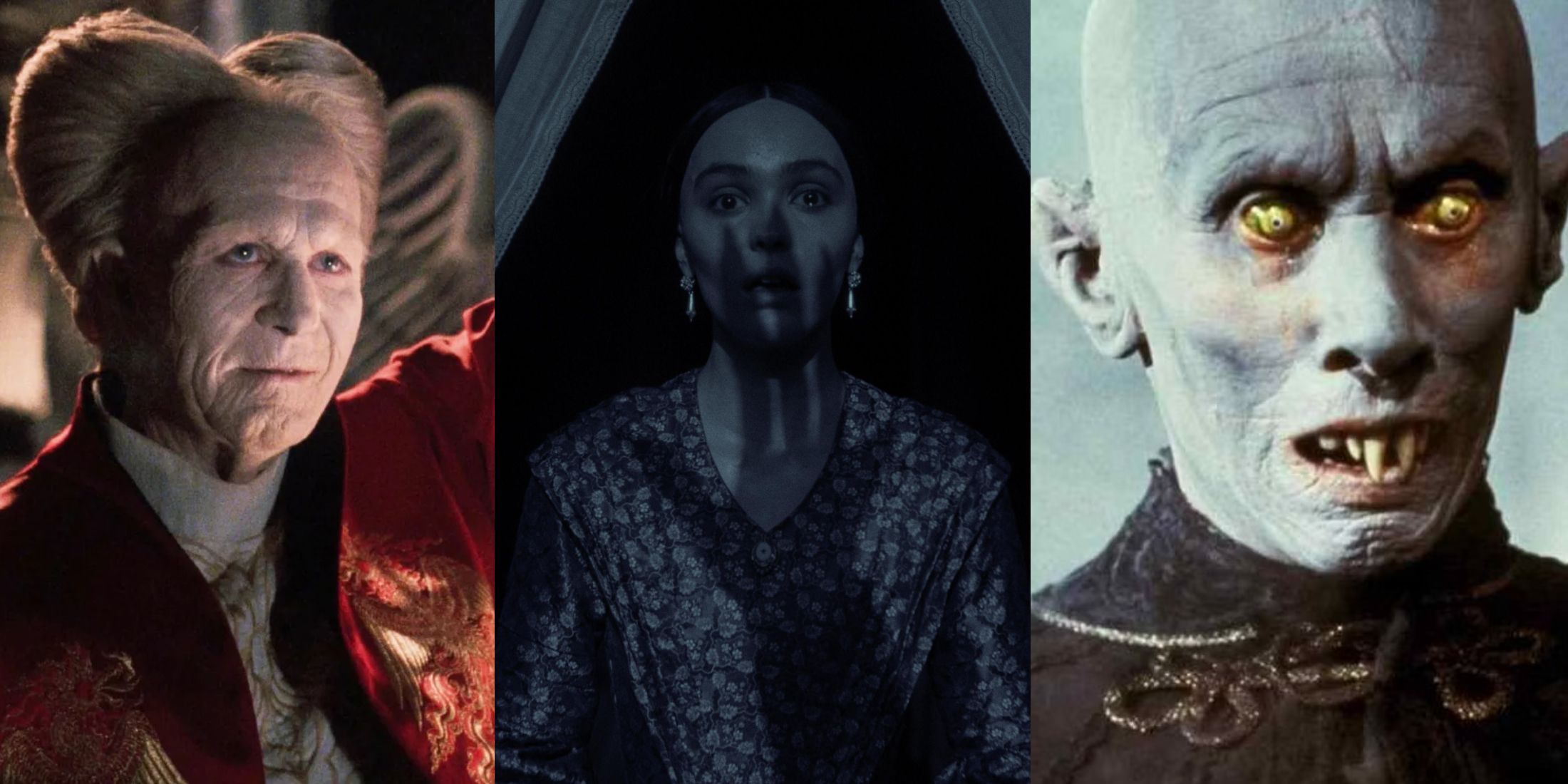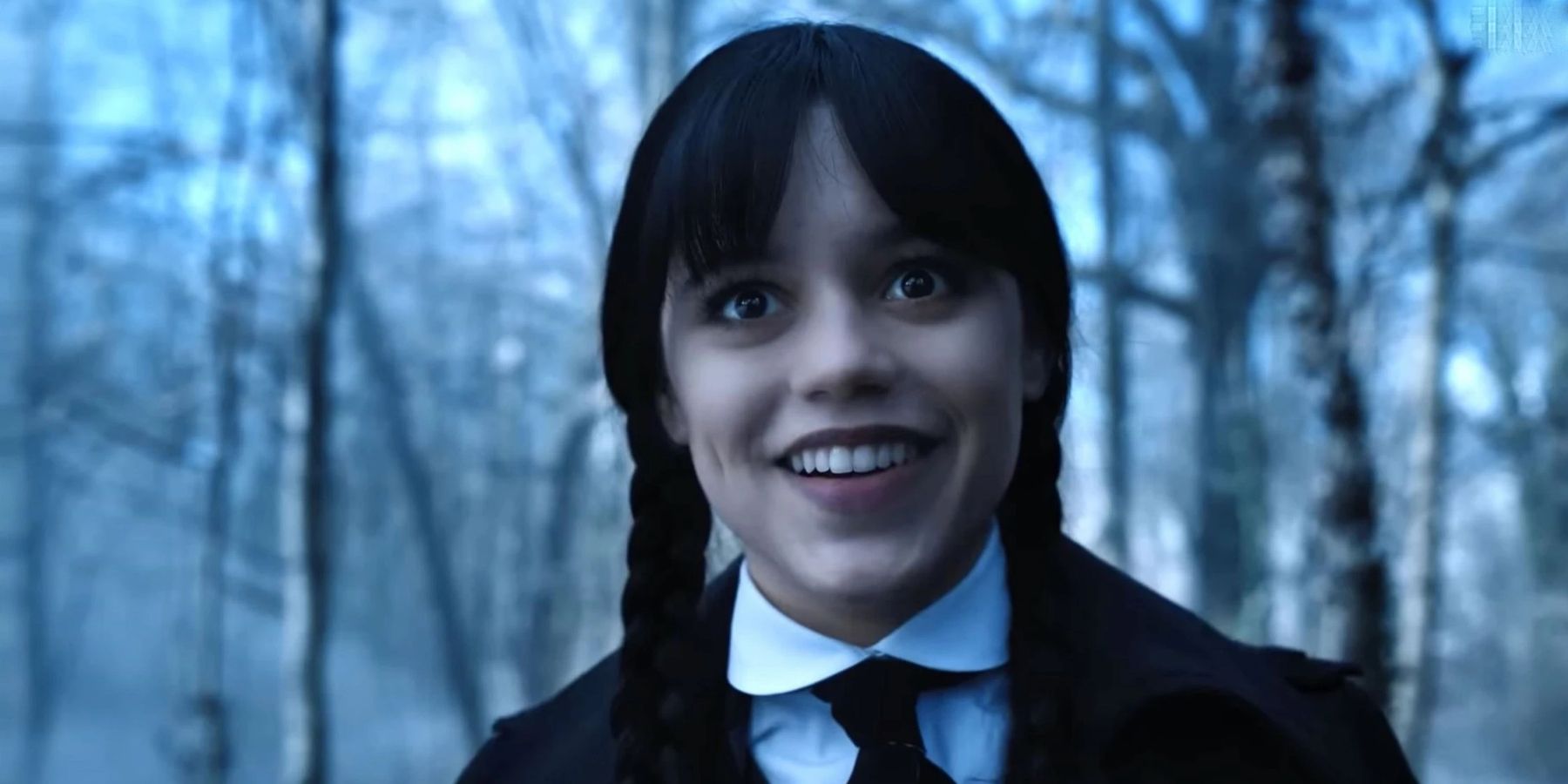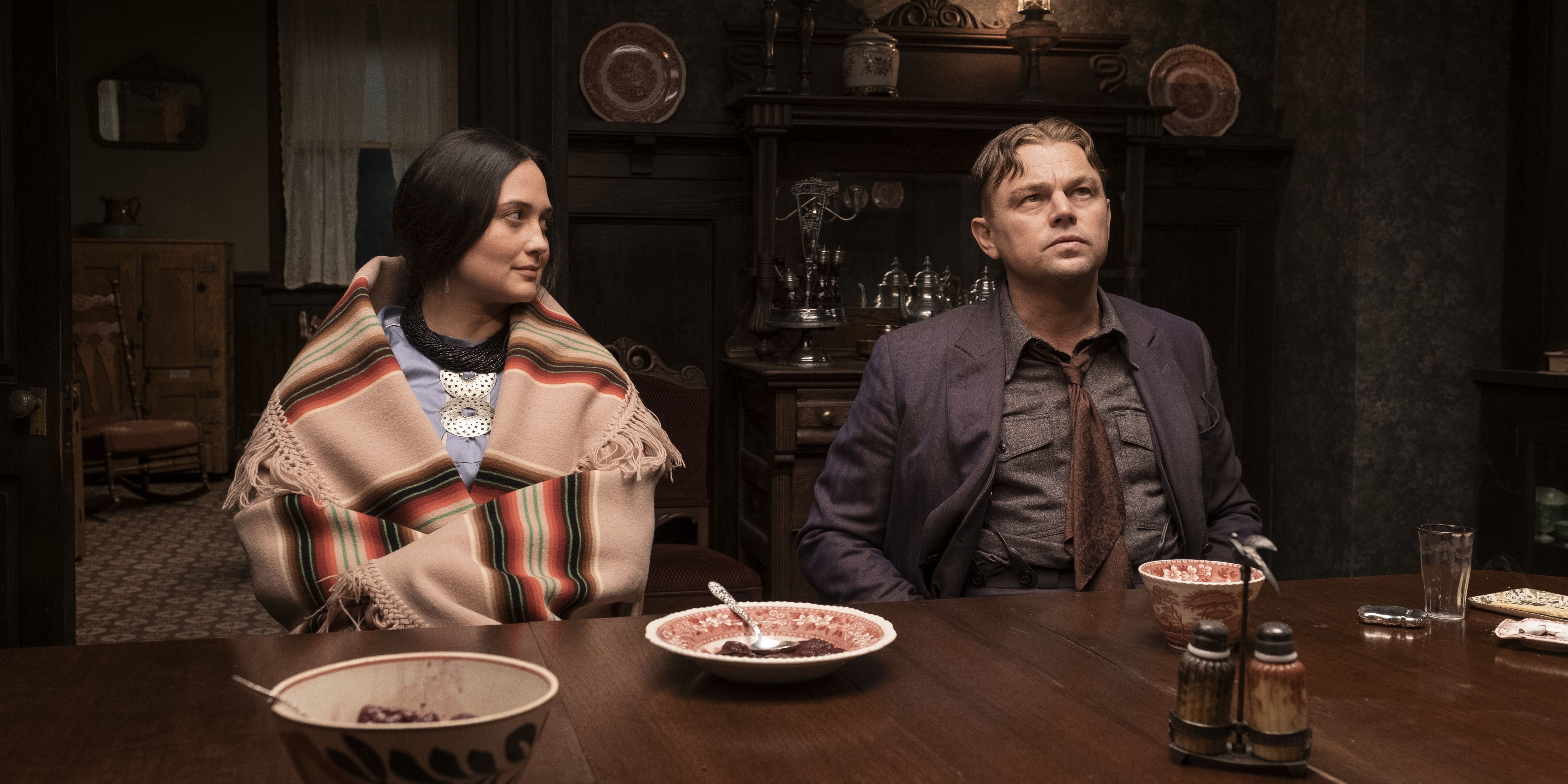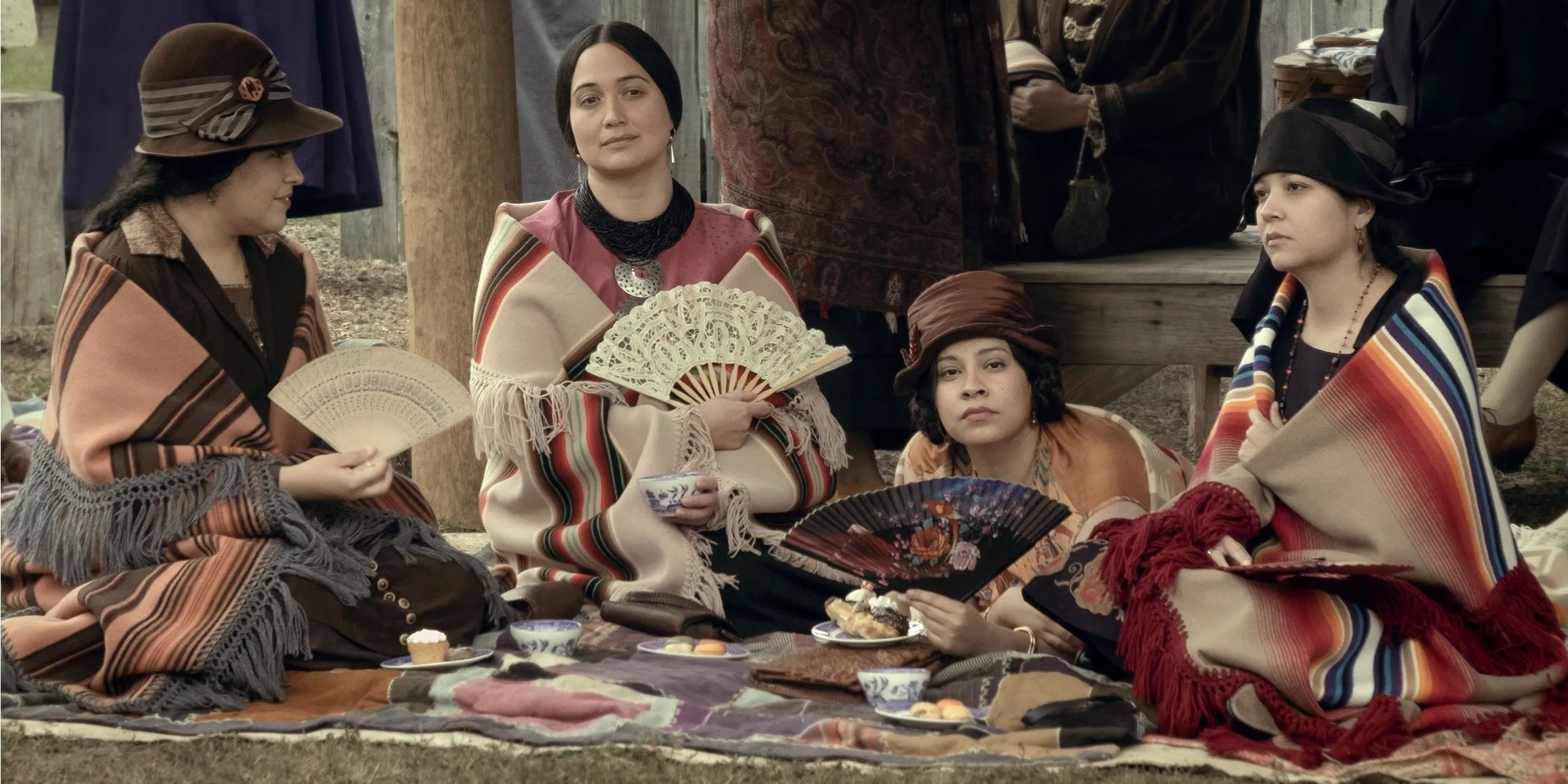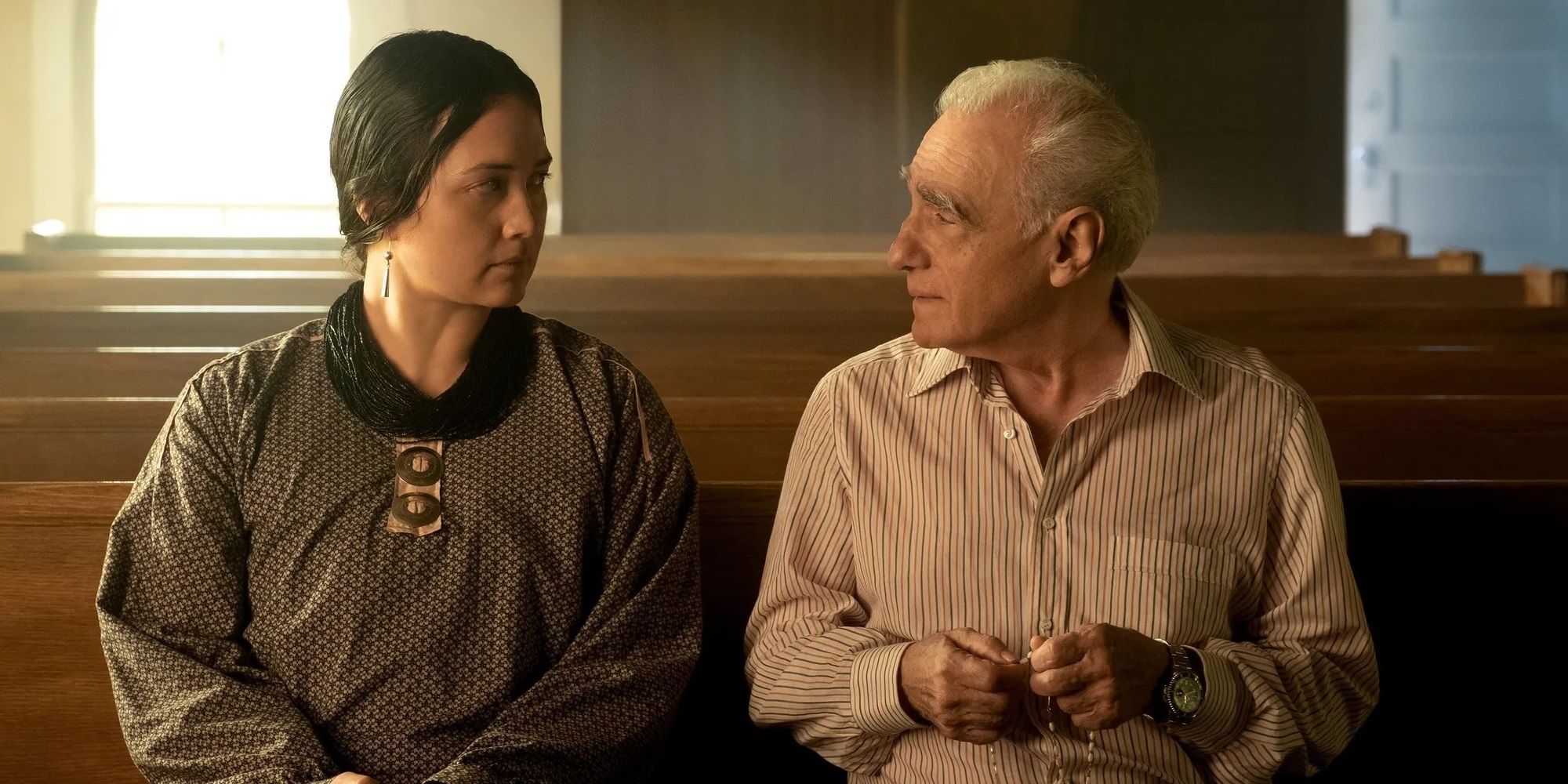Highlights
- Martin Scorsese's "Killers of the Flower Moon" is a highly anticipated film and has quickly become an immediate classic and one of Scorsese's best.
- The film deals with gruesome subject matter and may be challenging to watch, but it is worth giving a watch due to its heavy and impactful nature.
- "Killers of the Flower Moon" is based on true events and explores the white privilege and bigotry that led to the murders of the Osage Native Americans in the 1920s. The film portrays the resilience and strength of the Osage people.
2023 has been an incredible year for cinema. Thus far this year there's been a new Wes Anderson film, the world domination of Barbenheimer, and some outstanding animated films with TMNT: Mutant Mayhem and Spider-Man: Across the Spiderverse. There's more to come, with movies from Michael Mann, Sofia Coppola, Ridley Scott, and David Fincher yet to come. And yet in spite of this swath of fantastic films, Martin Scorsese's Killers of the Flower Moon just might be the most exciting movie of the year.
This massive three-and-a-half-hour beast has been highly anticipated for years. Reuniting Scorsese and Robert DeNiro for the first time since 2019, the film feels like classic Scorsese in the best way possible. Now that it's out, Killers of the Flower Moon has quickly cemented itself as an immediate classic and one of Scorsese's best. On top of its length, the film deals with some incredibly gruesome subject matter. It may be a bit of a challenging watch, but it is heavy in the absolute best way, and it is very well worth giving a watch.
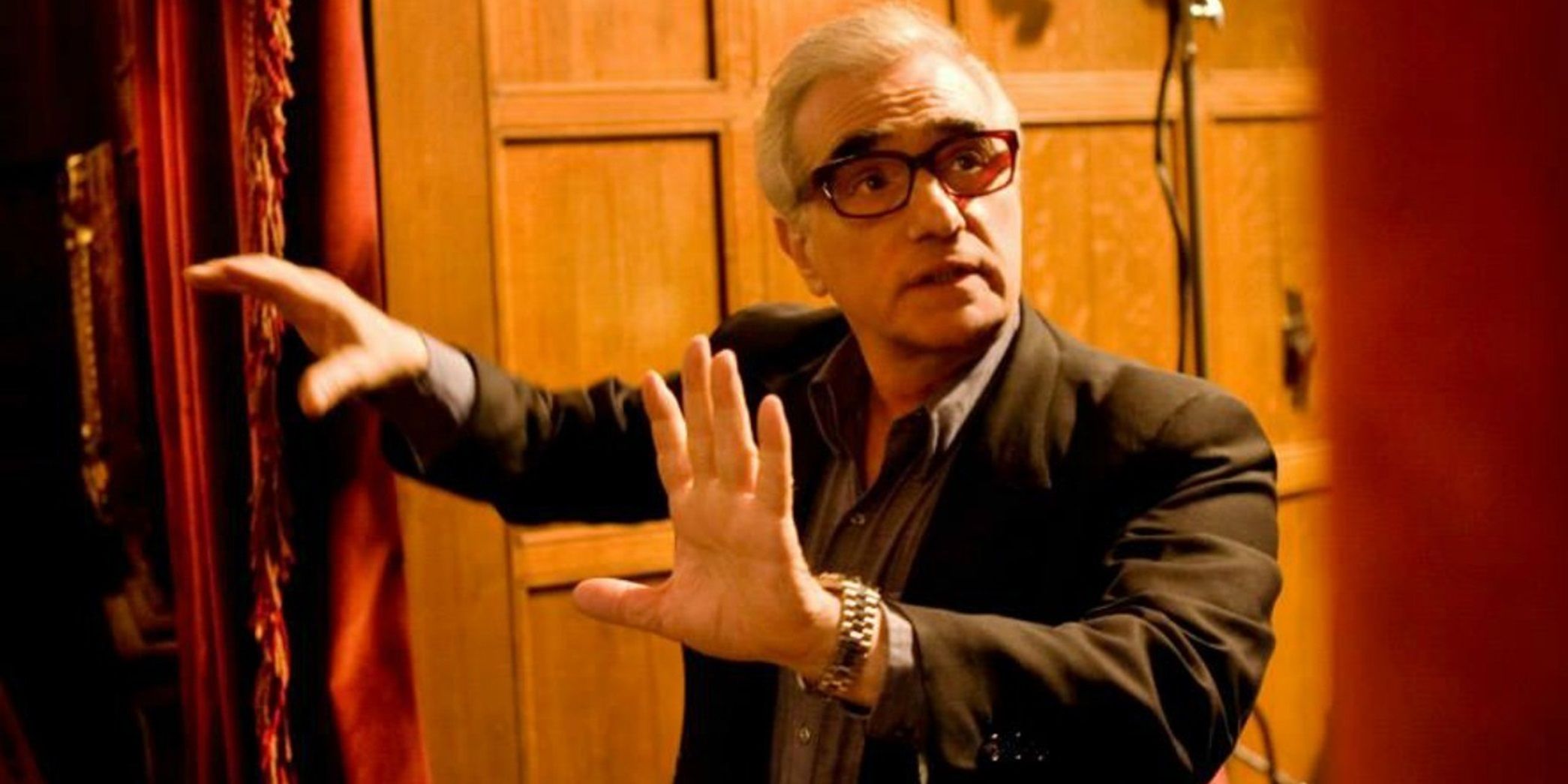
Every Martin Scorsese Movie, Ranked By Rotten Tomatoes
Martin Scorsese is one of the most prolific filmmakers of all-time. Here's how Rotten Tomatoes ranks his films.
The History Behind Killers of the Flower Moon
Director | Martin Scorsese |
|---|---|
Writer(s) | Eric Roth and Martin Scorsese, based on Killers of the Flower Moon by David Grann |
Cast | Leonardo DiCaprio, Lily Gladstone, Robert De Niro, Jesse Plemons, Tantoo Cardinal, John Lithgow, Brendan Fraser |
Release Date | October 20, 2023 |
Runtime | 206 Minutes |
Rotten Tomatoes Score | 93% based on 367 reviews |
Killers of the Flower Moon is based on the nonfiction book of the same name written by David Grann. In the 1890's, the Osage Native Americans discovered large quantities of oil beneath their reservation in Oklahoma. The Osage subsequently became very wealthy off of oil revenue, but their newfound capital attracted attention from white settlers. The particular events covered in the book and film occurred during the 1920's, when William Hale, a wealthy cattle rancher living in Osage County, conspired to steal oil headrights from the Osage by killing them. He worked with a number of hired killers and coconspirators, including his nephew Ernest Burkhart, from whose perspective the film's story is told. Ernest and Hale attempted to murder Mollie's entire family, granting her a larger inheritance which would in turn go to them.
A recurring presence in Martin Scorsese's films is that of a protagonist whom the audience roots against. His movies are often based on real people who did terrible things, and telling the story from their perspective allows viewers to witness how things might have really unfolded. It's a more realistic approach than having these figures work as traditional villains, as in the real world the worst people often go unpunished and without the public learning the full truth.
When Scorsese makes a film about one of these detestable figures, he often starts off showing the facade of charisma that drew people to them in the first place, the lavish lifestyle, the fun. Once the audience is lured in, the rug it pulled out from under them and the truth becomes apparent. The first half of GoodFellas is all about the supposed glamour of being a gangster. Henry Hill and his fellow mafia men make tons of money, do whatever they want, and don't deal with disrespect from anyone. It's only as the film begins its second half that it becomes clear these men are hurting everyone around them, themselves, and each other. They cannot trust each other and constantly fear death or prison, destroying themselves in the pursuit of a life that in turn does this to them. It's the same story for The Wolf of Wall Street and The Irishman: despicable men whose fronts of collected coolness give way to the repulsive, abusive core within them.
Killers of the Flower Moon does not take this route at all. It instead has more in common with something like Raging Bull, where Jake LaMotta is portrayed with nothing but contempt the entire runtime. Scorsese does the same thing with Ernest Burkhart. There is not a single moment where the film treats Burkhart with anything but scorn. Physically repulsive and filthy, unpleasant to watch and hear speak, Ernest might just be the protagonist Scorsese loathes the most.
The film has a scathing indictment of white privilege and the ways those who do not actively think of themselves as racist can still commit horrifically bigoted acts. Ernest openly prioritizes his white passing child and only asks about his well-being. He thoughtlessly goes with his uncle's plot, killing or brutalizing anyone who shows even a slight suspicion over the murders occurring. He kills his wife's entire living family and poisons her insulin, trying to keep her too weak to investigate.
And yet in spite of this, Ernest does not view himself as a bad person. He somehow deludes himself into thinking that he truly loves his wife and children, that he did everything for his family. Scorsese offers him one last chance for redemption in his final exchange with Mollie, where she asks him plainly what was in the shots he was giving her. Ernest fails the challenge, floundering for a moment and telling her it was just insulin. Mollie wordlessly walks away from him, never to see him again. A moment of triumph for a woman who has been dealt nothing but grief, betrayal, and scorn from those she trusted the most. In spite of all they took from her, they could never take away her resolve to survive.
How Does Killers of the Flower Moon end?
Killers of the Flower Moon's epilogue stands in stark contrast with the rest of the film. Rather than showing the actions of the characters, this scene instead features a radio show depicting the next events in the story. The tone shifts dramatically. Moving away from the extreme bleakness of the rest of the film, the radio show is more lighthearted, with silly sound effects being provided live alongside the retelling. The final lines of the show are delivered by Martin Scorsese himself, who describes how the rest of Mollie Kyle's life played out. He concludes with a note about her death, noting that on her tombstone, there was no mention of the murders.
In this scene, Scorsese is acknowledging the limitations of Killers of the Flower Moon, both the limits of film as a medium and his limits as a white filmmaker telling a story about the Osage. The movie is incredibly sympathetic to the Osage people, clearly being very much on their side and representing their culture as beautiful and under attack. The film also features many Osage cast members and was made in very close association with Osage advisors. However, ultimately, this is a movie meant to serve as entertainment. Just as the radio show reduces the murders of these real people to entertainment, so does this movie. Scorsese openly owns up to as much with his final line. The Osage are a proud and resilient community. The oppression they have suffered has impacted them, but it does not define them. When they tell their own story, their focus is not on their suffering, but on their strength.
The very last image in the film is a beautiful homage to this idea, a sort of apology. The movie closes with an aerial shot of the Osage in the modern day, celebrating their culture with a tribal dance. The message could not be clearer. The Osage survive in spite of anything that has happened to them, and their culture will endure.

